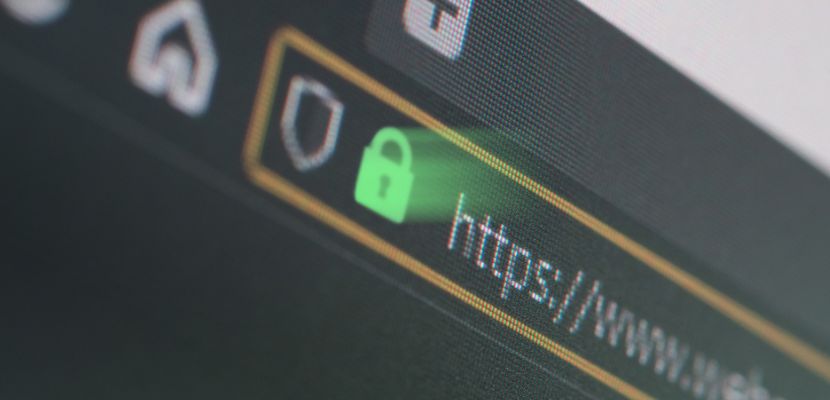A URL injection happens when an attacker manipulates the URL of a website to insert or "inject" unauthorized content, code, or commands. This manipulation can lead to a range of harmful consequences, from redirecting users to malicious sites to compromising the security of the website or users' data. URL injections are often used to exploit vulnerabilities in a website’s security, such as improper validation or sanitization of input data.

How Does a URL Injection Work?
A URL injection works by exploiting vulnerabilities in a web application to insert or modify URLs in a way that allows the malicious actor to execute a cyber attack. These vulnerabilities often arise from inadequate validation or sanitization of user inputs, allowing attackers to manipulate URLs and influence the behavior of the website or application. Here’s a simplified breakdown of how a URL injection works.
1. Identifying Vulnerabilities
An attacker's first step is to identify vulnerabilities within a website that can be exploited through URL manipulation. This stage involves looking for places where the website takes user input (such as form fields, URL parameters, etc.) and uses it directly without proper validation or encoding.
2. Crafting the Malicious URL
Once a vulnerability is identified, the attacker crafts a URL that includes malicious code or commands. Examples of malicious URLs include:
- SQL code to manipulate database queries (SQL injection).
- Scripts that can be executed in a user’s browser (cross-site scripting or XSS).
- Commands to traverse directories on the server (directory traversal).
- Links to external websites or resources that host malicious content (remote file inclusion or RFI).
3. Executing the Attack
The crafted URL needs to be executed for the attack to take place. Execution can be achieved in various ways:
- Direct visit. An attacker might directly visit the manipulated URL to see if the intended effect occurs.
- Social engineering. More commonly, attackers use social engineering techniques to trick users into clicking on the malicious URL. This can be done via phishing emails, social media messages, or embedding the URL in a legitimate-looking website.
- Automatic redirection. In some cases, the URL can be inserted into websites through comment sections, forums, or other inputs that support URL posting. Unsuspecting users are automatically redirected to the malicious URL when they visit these compromised links.
4. Exploitation
Upon execution, the malicious URL performs the intended action. This action could range from stealing the user’s data and compromising their session to defacing the website and redirecting the user to a malicious site. The specific outcome depends on the nature of the vulnerability exploited and the attacker's objectives.
How to Prevent a URL Injection?
Here's a comprehensive guide on how to prevent URL injection:
- Input validation. Ensure that all input data, including URLs, is strictly validated against a predefined pattern or set of rules. Use regular expressions or built-in validation functions to verify that the input matches the expected format, such as a valid email address or a numerical value. Also, employ whitelisting techniques to allow only known good or safe input. Whitelisting is generally safer than blacklisting (trying to block known bad input) because attackers constantly find new ways to exploit systems that rely on blacklisting.
- Sanitization. Before processing user input, escape special characters that could be interpreted as part of SQL queries, HTML content, or script code. This helps prevent SQL injection, cross-site scripting (XSS), and other injection attacks. Modern web development frameworks often include automatic escaping of inputs and outputs. Ensure these features are enabled and properly configured.
- Use of secure coding practices. When accessing databases, use parameterized queries or prepared statements instead of concatenating strings. This ensures that user input is treated as data and not executable code, preventing SQL injection attacks.
- Secure session handling. Store session tokens securely and ensure they are transmitted over secure channels (HTTPS). Regenerate session tokens after login and consider implementing token expiration.
- Security audits. Regularly audit your website and web applications for vulnerabilities. Automated tools can help, but also consider manual testing to catch issues that automated scans might miss.
- Penetration testing. Engage in penetration testing to simulate attacks on your systems and identify weaknesses. This proactive approach helps in identifying and fixing vulnerabilities before they can be exploited.
- Update and patch software. Regularly update all software components, including the web server, database management system, content management system (CMS), and any plugins or third-party libraries. Many attacks exploit known vulnerabilities for which patches are available.
- Enforce HTTPS. Use HTTPS across your entire site to encrypt data in transit. This prevents attackers from intercepting data transferred between the user’s browser and your server.